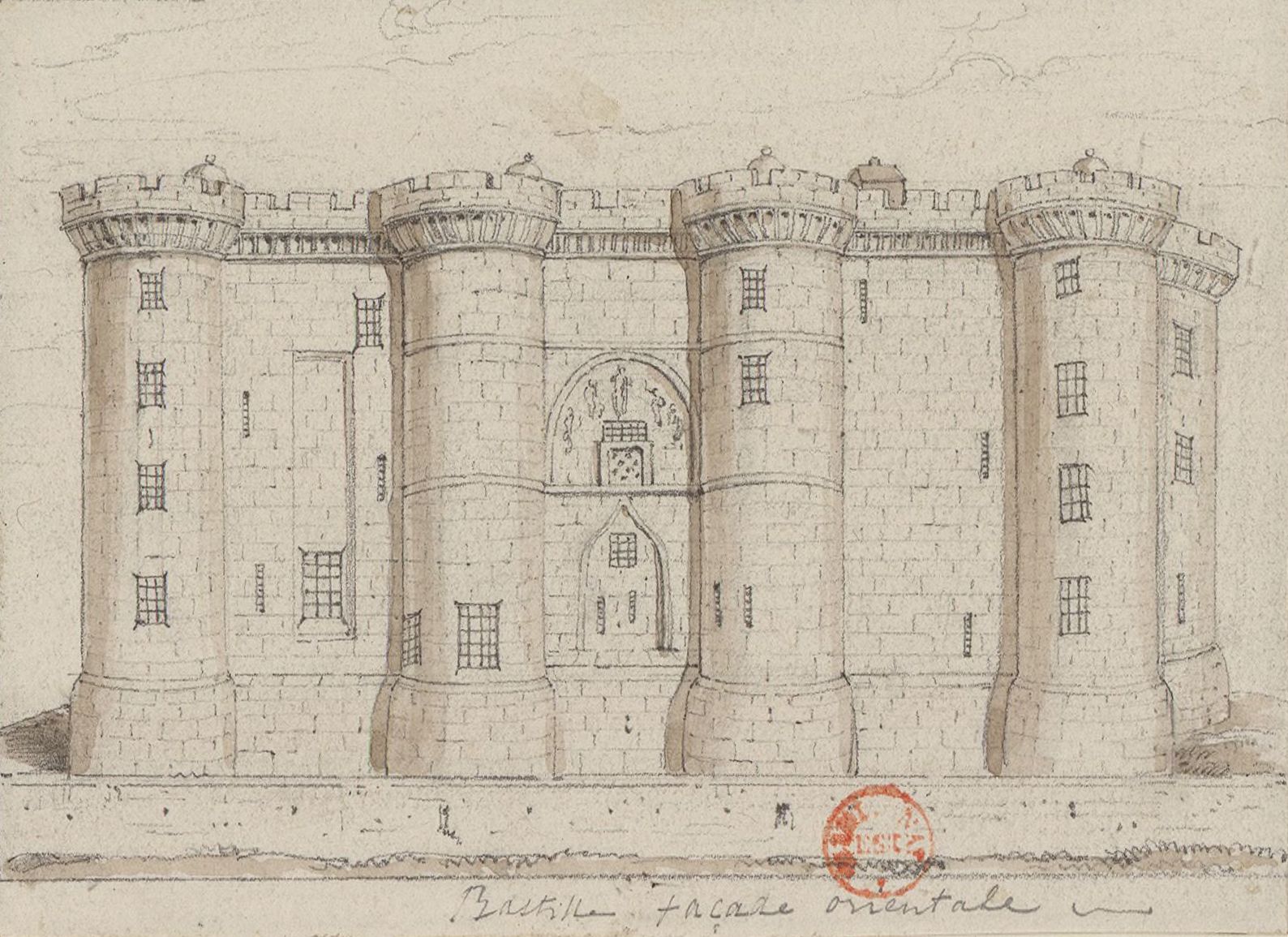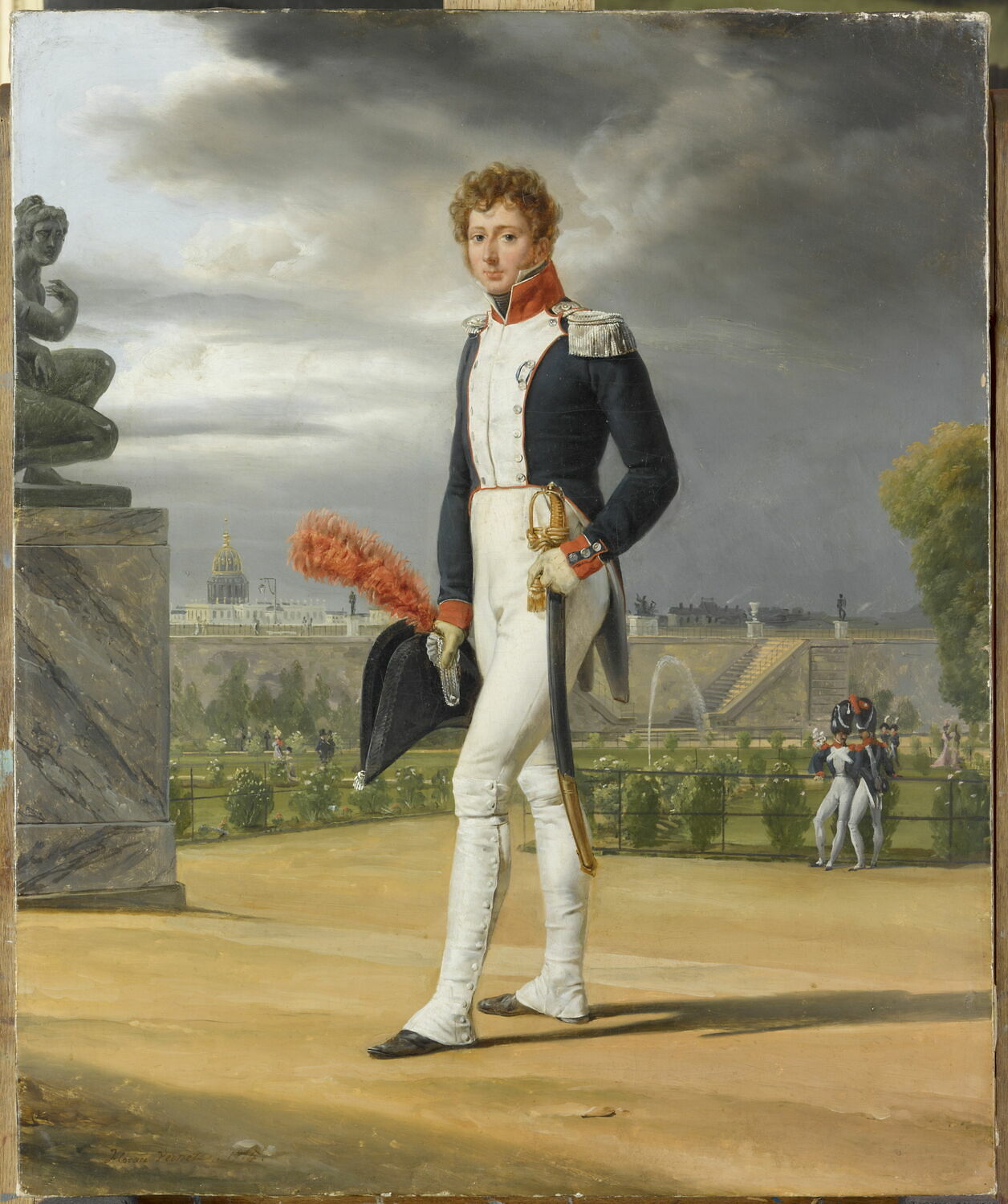|
Nationale (Paris Métro)
Nationale () is an elevated station of the Paris Métro serving line 6 at the intersection of the ''Rue Nationale'' and the ''Boulevard Vincent Auriol'' in the 13th arrondissement. Location Elevated above ground, the station overlooks the central median of Boulevard Vincent-Auriol, between Rue Jeanne-d'Arc and Rue Nationale. Oriented on a northeast/southwest axis, it is positioned between the stations ''Place d'Italie'' and ''Chevaleret'' (the former being underground). History The station opened on 1 March 1909 with the opening of the original section of line 6 from Nation to Place d'Italie. (Line 6 was extended from Place d’Italie to Etoile in 1942 by incorporating part of line 5.) The station is on the site of the Barrière-d’Ivry, a gate in the Wall of the Farmers-General, where taxes were collected on goods brought into the city from 1818 to 1860. It is named after the nearby ''Rue Nationale'', the former ''Rue des Deux Moulins'' which was renamed after the Revolut ... [...More Info...] [...Related Items...] OR: [Wikipedia] [Google] [Baidu] |
Paris Métro
The Paris Métro (, , or , ), short for Métropolitain (), is a rapid transit system serving the Paris metropolitan area in France. A symbol of the city, it is known for its density within the capital's territorial limits, uniform architecture and Paris Métro entrances by Hector Guimard, historical entrances influenced by Art Nouveau. The system is long, mostly underground. It has 321 stations of which 61 have transfers between lines. The Montmartre funicular is considered to be part of the metro system within which is represented by a 303rd fictive station, "Funiculaire".Statistiques Syndicat des transports d'Île-de-France rapport 2005' (in French) states 297 stations + Olympiades + Les Agnettes + Les Courtilles The Métro has sixteen lines (with an additional Grand Paris Express, four under construction), numbered 1 to 14, with two lines, Paris Métro Line 3bis, Line 3bis and Paris Métro Line 7bis, Line 7bis, named because they used to be part of Paris Métro Line 3, Lin ... [...More Info...] [...Related Items...] OR: [Wikipedia] [Google] [Baidu] |
Bastille
The Bastille (, ) was a fortress in Paris, known as the Bastille Saint-Antoine. It played an important role in the internal conflicts of France and for most of its history was used as a state prison by the kings of France. It was stormed by a crowd on 14 July 1789, in the French Revolution, becoming an important symbol for the French Republican movement. It was later demolished and replaced by the Place de la Bastille. The castle was built to defend the eastern approach to the city from potential English attacks during the Hundred Years' War. Construction was underway by 1357, but the main construction occurred from 1370 onwards, creating a strong fortress with eight towers that protected the strategic gateway of the Porte Saint-Antoine heading out to the east. The innovative design proved influential in both France and England and was widely copied. The Bastille figured prominently in France's domestic conflicts, including the fighting between the rival factions of the Bur ... [...More Info...] [...Related Items...] OR: [Wikipedia] [Google] [Baidu] |
Noctilien
Noctilien is the night bus service in Paris and its agglomeration. It is managed by the Île-de-France Mobilités (formerly the STIF), the Île-de-France regional public transit authority, and operated by RATP (with 32 lines) and Transilien SNCF (with 21 lines). It replaced the previous '' Noctambus'' service on the night of 20/21 September 2005, providing for a larger number of lines than before and claiming to be better adapted to night-time transport needs. In place of the previous hub-and-spoke scheme in which all buses terminated at and departed from the heart of Paris at Châtelet , Noctilien's new service includes buses operating between '' banlieues'' (the communes surrounding Paris proper) as well as outbound lines running from Paris' four main railway stations: Gare de l'Est, Gare de Lyon, Gare Montparnasse and Gare Saint-Lazare. In addition, these four stations are also connected to each other by a regular night bus service. Noctilien operates 53 bus lines ove ... [...More Info...] [...Related Items...] OR: [Wikipedia] [Google] [Baidu] |
Parisine
Parisine is a typeface that was created by Jean-François Porchez and is distributed by Typofonderie. The typeface is used in Paris Métro, tramways and buses and the parts of RER parts that are operated by the RATP Group in Île-de-France. In 2015, the Osaka City Subway in Japan adopted Parisine as the Latin-character component of its new signage system, which is gradually being introduced throughout its network. Parisine The font was originally developed in 1996 as a custom typeface in Bold and Bold Italic developed for the RATP to improve signage legibility and space economy. The design was based on the proportions of Helvetica Bold but is condensed at 90%. In 1999, the font was extended to a font family for multiple uses like communication material and maps. In 2000, hinted TrueType versions were added for internal corporate use. The name Parisine is a trademark of the RATP. Parisine Std Parisine Std is an OpenType variant of Parisine. A small caps version was produce ... [...More Info...] [...Related Items...] OR: [Wikipedia] [Google] [Baidu] |
Chevaleret (Paris Métro)
Chevaleret () is an elevated station of the Paris Métro serving line 6 at the intersection of the ''Rue du Chevaleret'' and the ''Boulevard Vincent Auriol'' in the 13th arrondissement. History The station opened on 1 March 1909 with the opening of the original section of line 6 from Place d'Italie to Nation (although part of line 5—some dating back to 2 October 1900—was incorporated into line 6 on 12 October 1942). It is named after the ''Rue de Chevaleret'', a street that already existed in 1670, and was named after the locality, which in turn was probably named after its owner. As part of the RATP ''Renouveau du métro'' program, the station was completely renovated in 2003. Passenger services Access The station has two accesses leading to either side of the central median of Boulevard Vincent-Auriol: * Access 1 - "Rue Bruant - La Pitié-Salpêtrière" located on the north side opposite the Institut de Cardiologie de l'Hôpital de la Salpêtrière, at no. 50 boulevard ... [...More Info...] [...Related Items...] OR: [Wikipedia] [Google] [Baidu] |
Nation (Paris Métro And RER)
Nation station () is a station of the Paris Métro and Île-de-France's RER commuter rail service. It serves Line 1, Line 2, Line 6 and Line 9 of the Paris Métro and RER A. It takes its name from its location at the Place de la Nation. Location The station is under and around Place de la Nation – each stopping point oriented along an east–west axis. The station of line 1 is in a curve, under the southern part of the square, enclosed between the loop stations of lines 2 and 6. The terminus of line 2 forms a loop under the square. The arrival on the loop is under Avenue de Taillebourg, and the departure under Avenue du Trône, Place des Antilles and Boulevard de Charonne. The station is located southwest of the loop and has two tracks framing a large central platform. The terminus of line 6 also forms a loop, with the arrival under Avenue du Bel-Air and the departure under Avenue Dorian, Rue de Picpus and Avenue de Saint-Mandé. The trains run along the loop during ... [...More Info...] [...Related Items...] OR: [Wikipedia] [Google] [Baidu] |
Charles De Gaulle – Étoile (Paris Métro)
Charles is a masculine given name predominantly found in English and French speaking countries. It is from the French form ''Charles'' of the Proto-Germanic name (in runic alphabet) or ''*karilaz'' (in Latin alphabet), whose meaning was "free man". The Old English descendant of this word was '' Ċearl'' or ''Ċeorl'', as the name of King Cearl of Mercia, that disappeared after the Norman conquest of England. The name was notably borne by Charlemagne (Charles the Great), and was at the time Latinized as ''Karolus'' (as in ''Vita Karoli Magni''), later also as '' Carolus''. Etymology The name's etymology is a Common Germanic noun ''*karilaz'' meaning "free man", which survives in English as churl (James (< Latin ''-us'', see Spanish/ Portuguese ''Carlos''). According to Julius Pokorny, the historical linguist and Indo-European studies, Indo-Europeanist, the root meaning of Charles is "old man", from Proto-Indo-European language, Indo-European *wikt:Appendix:Proto-Indo-Eu ... [...More Info...] [...Related Items...] OR: [Wikipedia] [Google] [Baidu] |
Paris M 6 Jms
Paris () is the Capital city, capital and List of communes in France with over 20,000 inhabitants, largest city of France. With an estimated population of 2,048,472 residents in January 2025 in an area of more than , Paris is the List of cities in the European Union by population within city limits, fourth-most populous city in the European Union and the List of cities proper by population density, 30th most densely populated city in the world in 2022. Since the 17th century, Paris has been one of the world's major centres of finance, diplomacy, commerce, culture, Fashion capital, fashion, and gastronomy. Because of its leading role in the French art, arts and Science and technology in France, sciences and its early adoption of extensive street lighting, Paris became known as the City of Light in the 19th century. The City of Paris is the centre of the Île-de-France region, or Paris Region, with an official estimated population of 12,271,794 inhabitants in January 2023, or ... [...More Info...] [...Related Items...] OR: [Wikipedia] [Google] [Baidu] |
Side Platform
A side platform (also known as a marginal platform or a single-face platform) is a platform positioned to the side of one or more railway tracks or guideways at a railway station, tram stop, or transitway. A station having dual side platforms, one for each direction of travel, is the basic design used for double-track railway lines (as opposed to, for instance, the island platform where a single platform lies between the tracks). Side platforms may result in a wider overall footprint for the station compared with an island platform, where a single width of platform can be shared by riders using either track. In some stations, the two side platforms are connected by a footbridge or tunnel to allow safe access to the alternate platform. While a pair of side platforms is often provided on a dual-track line, a single side platform is usually sufficient (trains are usually only boarded from one side) for a single-track line. Layout Where the station is close to a level crossing (g ... [...More Info...] [...Related Items...] OR: [Wikipedia] [Google] [Baidu] |
National Guard (France)
The National Guard () is a French military, gendarmerie, and police reserve force, active in its current form since 2016 but originally founded in 1789 during the French Revolution. It was founded as separate from the French Army and existed both for policing and as a military reserve. However, in its original stages from 1792 to 1795, the National Guard was perceived as revolutionary and the lower ranks were identified with sans-culottes. It experienced a period of official dissolution from 1827 to 1830 but was reestablished. Soon after the Franco-Prussian War of 1870–71, the National Guard in Paris again became viewed as dangerously revolutionary, which contributed to its dissolution in 1871. In 2016, France announced the reestablishment of the National Guard for the second time, in response to a series of terrorist attacks in the country. Creation The raising of a "Bourgeois Guard" (''"garde bourgeoise"'') for Paris was discussed by the National Assembly on 11 Jul ... [...More Info...] [...Related Items...] OR: [Wikipedia] [Google] [Baidu] |




